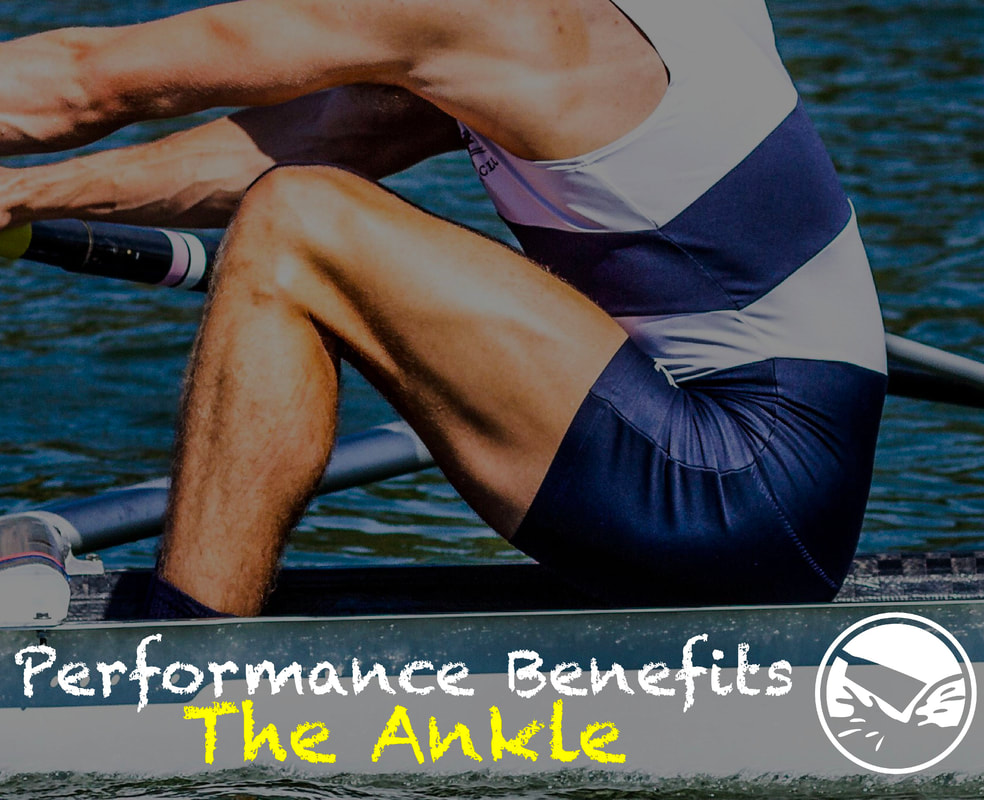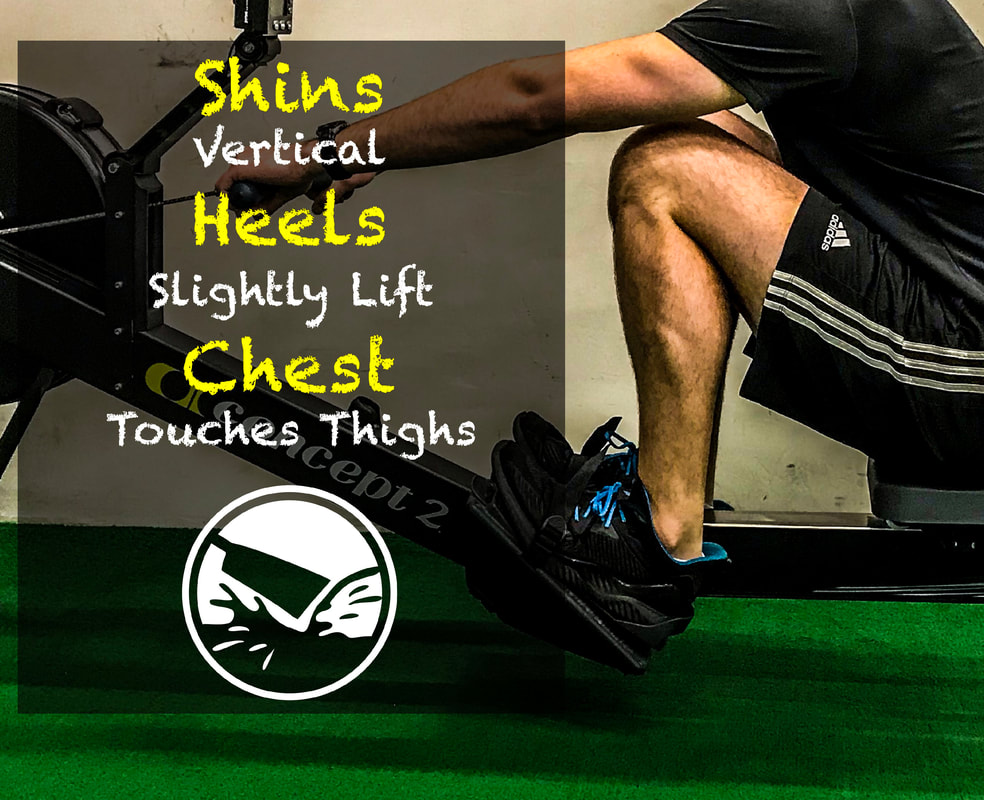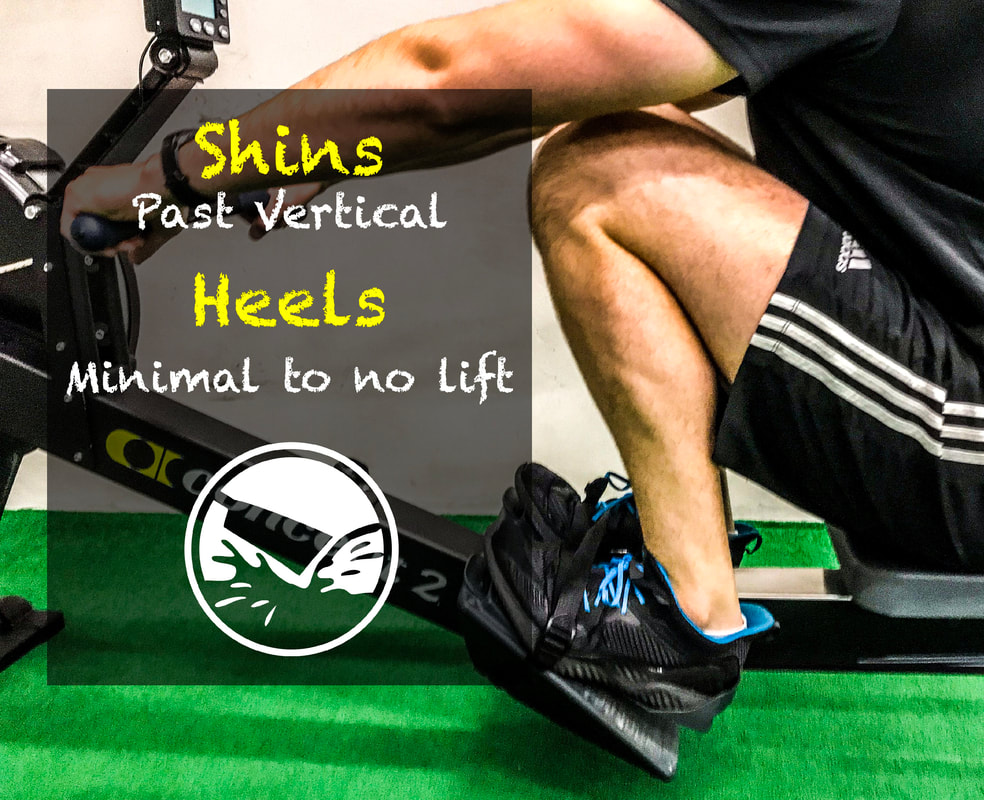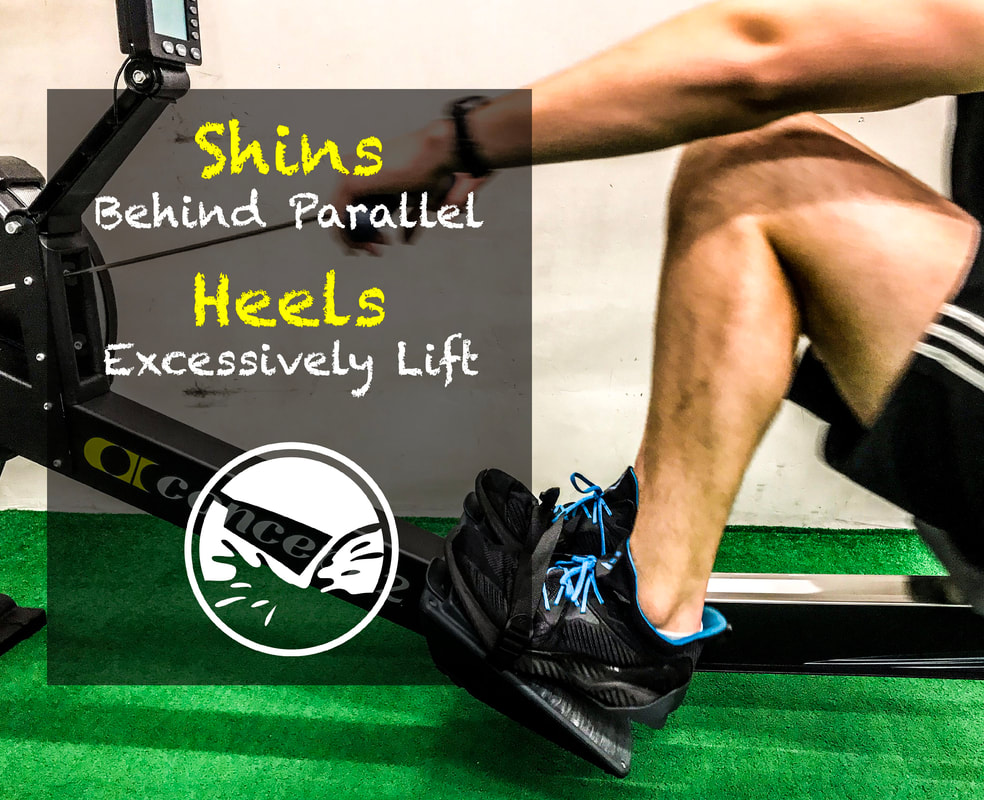Benefits
Adequate Ankle ROM= high quality, efficient strokeThere is a slight heel lift as part of the recovery, the drive only begins after the heels touch down and the blade locks onto the water. Energy is efficiently applied to boat speed, and a straight course. Elastic energy can be used as we begin to apply force to the footplate. The bigger, stronger muscles (glutes and hamstrings) are able to engage early on in the drive. Elastic Potential Imagine stretching a rubber band back so it’s taut. Now launch 🚀 that rubber band across the room. That’s the elastic potential. Take that same rubber band and try to launch it across the room without stretching it, that’s closer to what you get with too much flexibility/improper rigging. Excessive Ankle ROM = over-compression, lack of elastic potential, late drive |
Author
Blake Gourley holds a Masters of Science in Sports Performance Training and has over 12+ years of experience working with rowers. Read more Categories
All
Archives
August 2023
|




 RSS Feed
RSS Feed